The internet
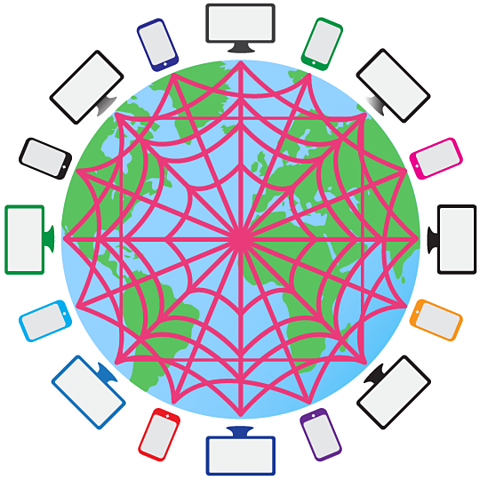
The internet is an ever-growing network of connected devices that spans the world.
These devices can share information with each other through cables that stretch between towns, cities, countries and continents.
The internet allows information to be sent from one part of the world to another part in less than one second.

Internet hardware
So that we can view our favourite webpages, play games, watch videos and communicate on the internet, we need to have some internet hardware.
Look at the slideshow to find more about the role of each piece of internet hardware.

Image caption, Servers
When you type in a URL or click on a hyperlink, a request is sent to a domain name system (DNS) server asking for the internet protocol (IP) address of the web service you are requesting. A DNS server stores the IP addresses of different web services.
Image caption, Web servers
When a web server receives your request, it breaks down the information you are asking for into smaller parts, known as data packets.
Image caption, Routers
Routers look at the quickest route to send the data packets and make sure they all go to the right computer. They use IP addresses to do this.
Image caption, Computer
Your computer reorders the data packets and then you can use the information you requested.
1 of 4
Sending data packets
When all of the data packets arrive at your computer, they may have actually come different ways.
Routers check to see which routes are the quickest before sending data.
This means that some of the data packets might travel different ways to get to your computer. This journey may involve travelling underground, through the oceans or in the air.
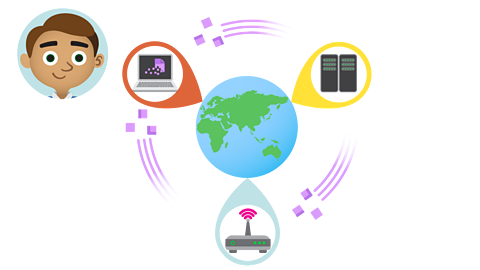
How is the information reordered?
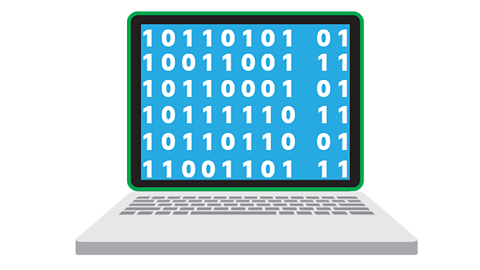
The data packets are all given a number before they are sent.
The computer uses these numbers to put the information back together in the right order.
Then, the web browser displays the webpage to you.
This process happens every time you request new information on the internet. What do you think takes longer?
- The time it takes for the webpage to be sent
- The time it takes to type in a webpage's URL
It probably takes longer to type in the webpage's URL, than it takes for the webpage to be sent!
Undelivered packets
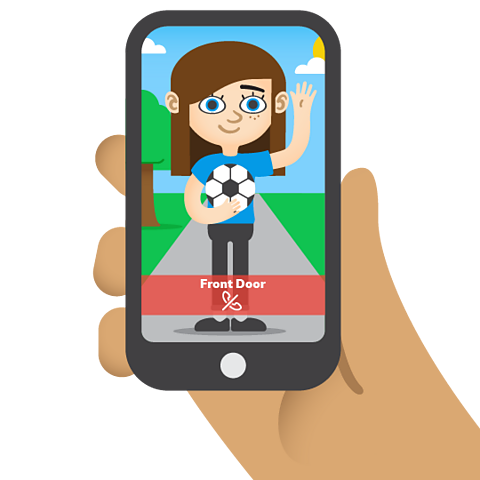
If you go to a friend's house after school, your parent or guardian might ask your friend's parent or guardian to let them know that you've all got there safely.
Web servers do a similar thing with data packets.
Each data packet sends a message back to the web server to say it has arrived. If the web server does not get a message from a packet, it will resend that packet.
Both of these actions are part of the internet protocolA set of rules for routing and addressing packets of data so that they can travel across networks and arrive at the correct destination. known as TCP/IP(Transmission control protocol / Internet protocol) A suite of communication tools used to interconnect network devices on the internet..

Activities
Computing - Dance Mat Typing. gameComputing - Dance Mat Typing
Build and test your computing skills with different levels of touch type challenges

More on Computer science
Find out more by working through a topic
- count23 of 24

- count24 of 24
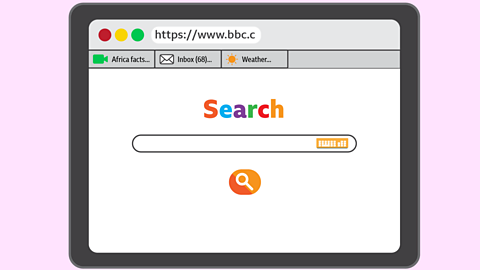
- count1 of 24
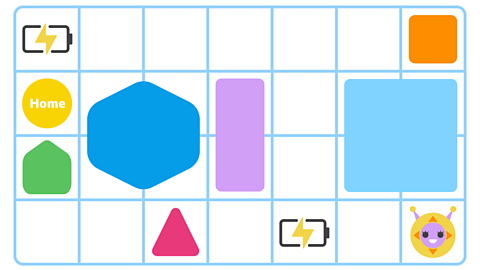
- count2 of 24
